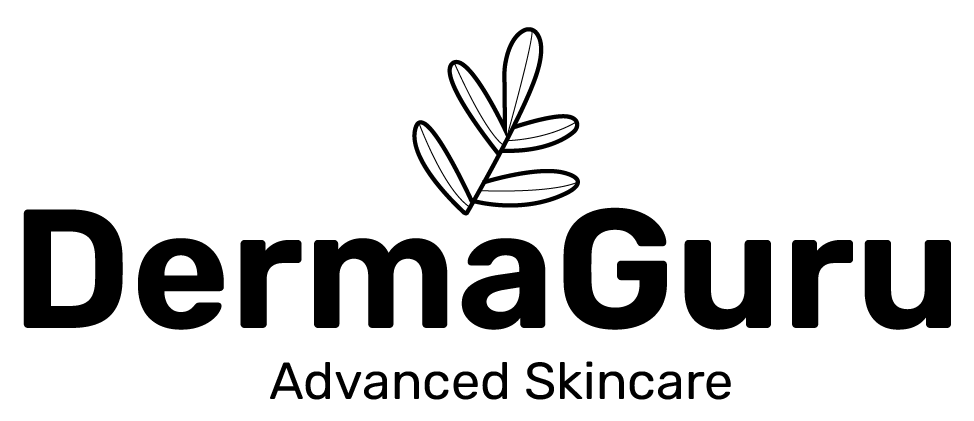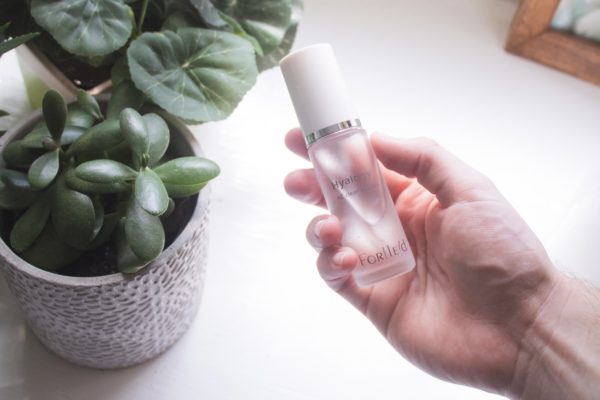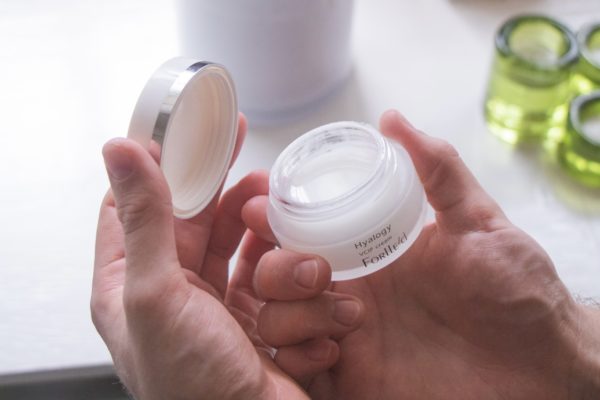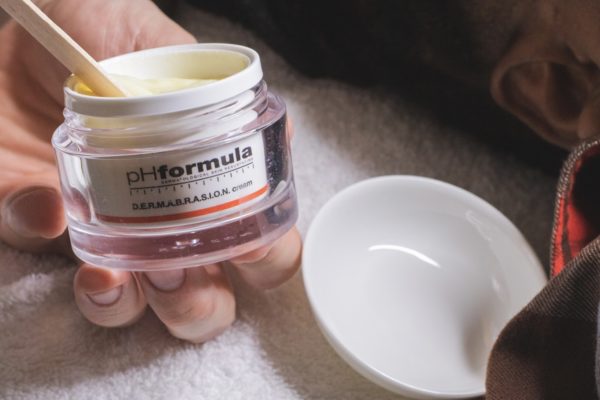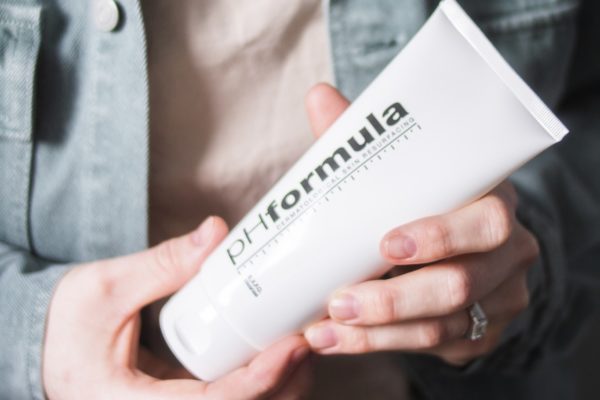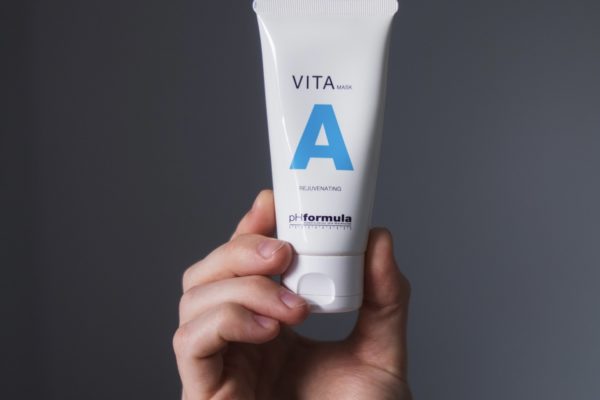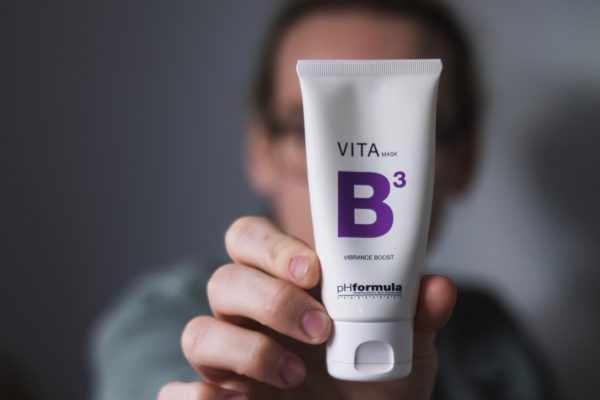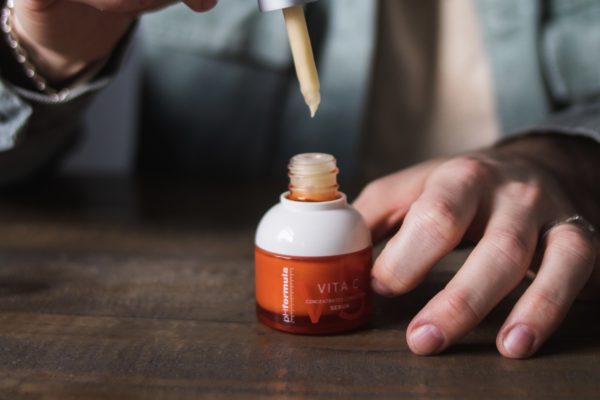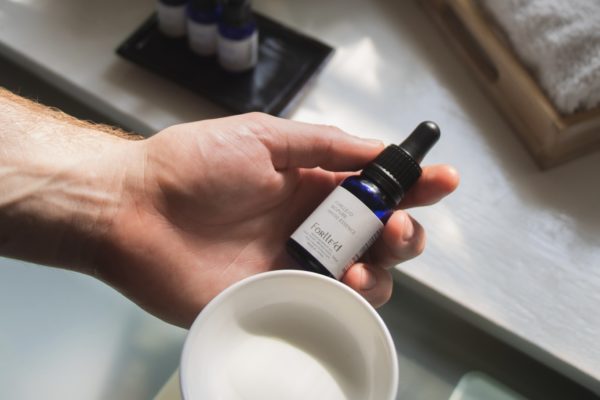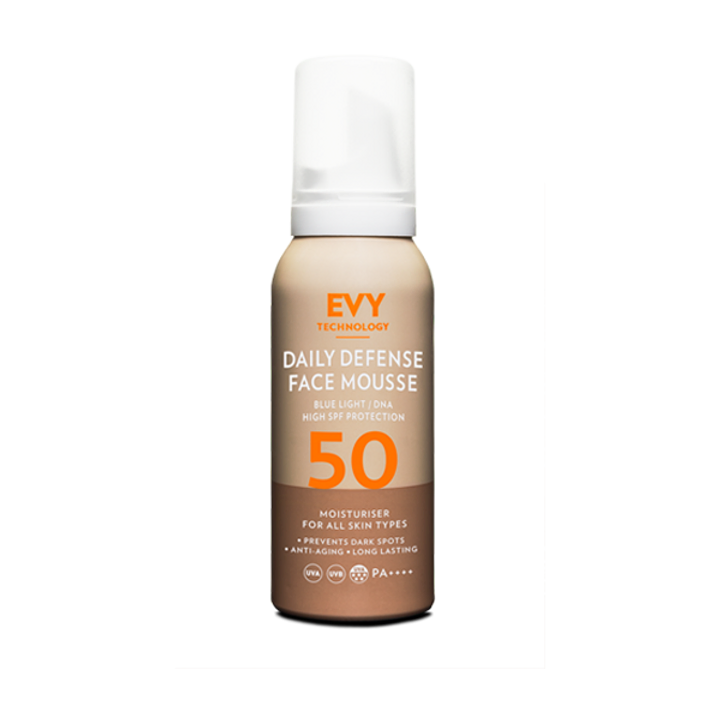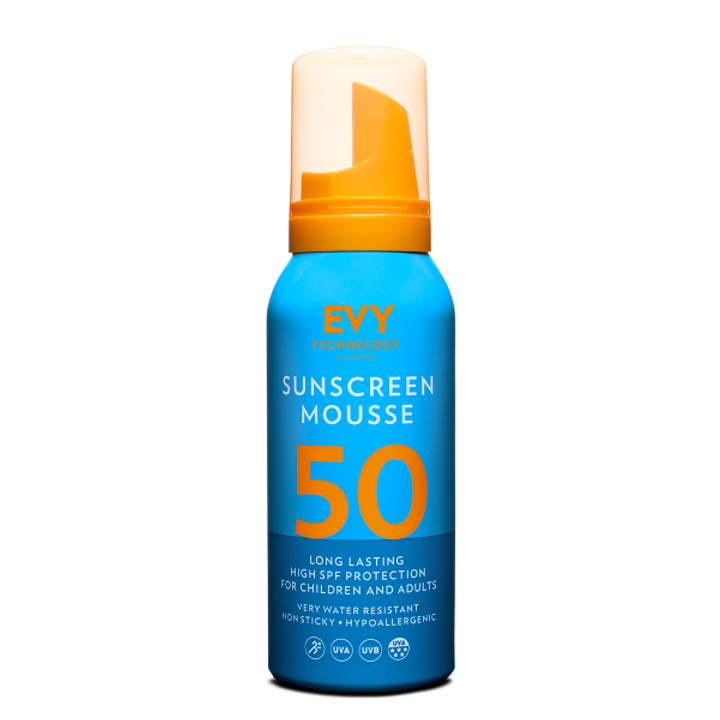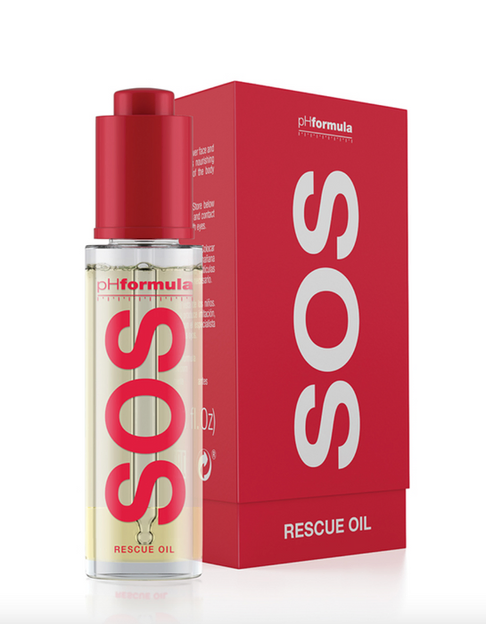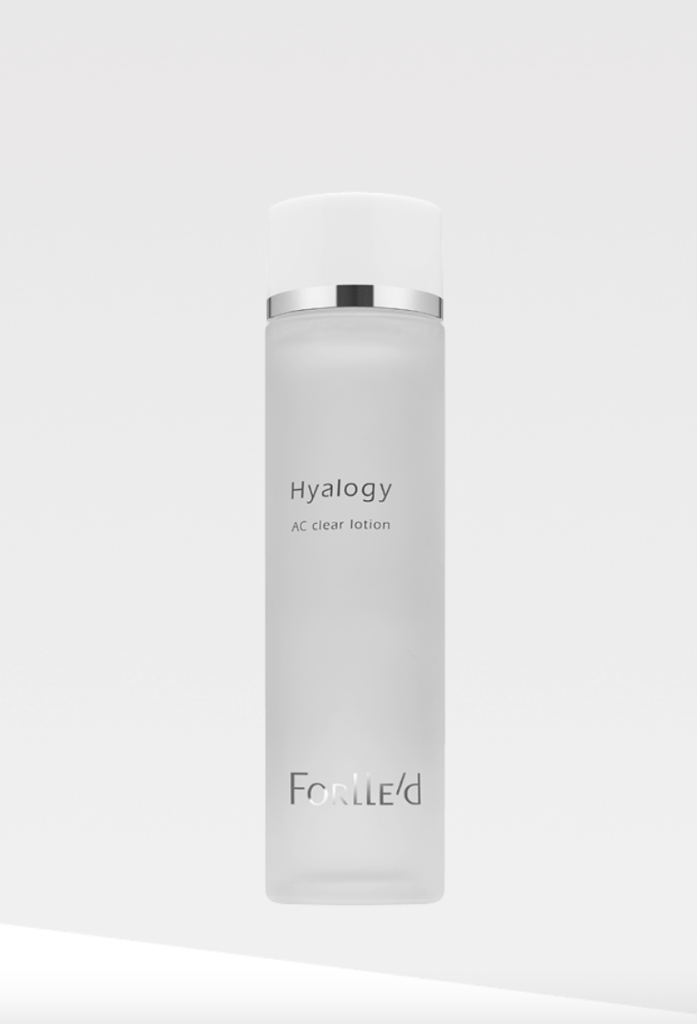Step by Step Skincare Regime
Let’s Build Your Step by Step Skincare Regime
A common gap in general knowledge is not knowing when the optimal time is to use certain products/ingredients to ensure they perform to the best of their ability. Using the best products on the market won’t be beneficial for your skin if they are used wrong or in conjunction with ingredients that cancel them out/cause reaction.
Step 1 – Cleanser:
An essential part to EVERY skincare regime is cleansing. Consider what your skin is exposed to throughout the day, from makeup and sweat to free radicals and bacteria, your skin inevitably faces many external aggressors. Daily facial cleansing removes these traces of dirt, excess oil, pollution and unwanted skin cells providing a clean slate for skin regeneration.
Cleansing is the first step of all skincare routines and should be done twice in the evening to remove any stubborn make-up or SPF from the day. If not cleansed properly, dirt and pollution can accumulate at the surface of your skin and potentially contribute to breakouts, dehydration and premature ageing.
Without cleansing, your skin would be covered with a thick layer of dirt and grime which can render it difficult for the active ingredients applied topically to penetrate the skin properly and thus function. Clearing out your pores will prepare your skin for the absorption of other skincare products and will therefore make it more receptive to treatments to follow such as exfoliators, masks, serums and moisturisers.
Recommendations for your skin type:
All Skin Types: pHformula’s E.X.F.O Cleanse
Oily Skin: pHformula’s F.O.A.M Cleanse
Damaged / Sensitive Skin: pHformula’s G.E.L Cleanse
Step 1a – Chemical Exfoliant
Chemical exfoliation works in much the same way as a chemical peel. However, it is important to note that this type of exfoliation doesn’t use quite as strong chemicals as those in a chemical peel, because it is often carried out at home (without a professional’s supervision.) This usually means that the results will be less significant, as well. However, that doesn’t mean that chemical exfoliation can’t still be a great strategy for protecting the health of your skin.
The turnover of cells in your skin regenerate every month. Due to this, it is very possible for the dead skin cells to accumulate over the surface of the new, healthy skin cells which can dull your glow and prevent your products from working their best. This can cause clogging of the pores, which can lead to acne or an array of other issues. While dead skin cells often shed naturally, they may not shed as quickly as you may like so with the use of chemical exfoliation, you can help to dissolve these dead skin cells.
Find out all about what chemical exfoliant you should use for your skin by reading my article here: Skincare Ingredients (Volume: 1)
Step 1b – Masks
Generally skincare products need to be used continuously, everyday or every few days to make a visible difference to your skin. These active ingredients and are important to keep your skin in good condition all year round. However, sometimes you just need it look better right away for important events like job interviews or dates. Face masks have the power to do exactly that by instantly improving your complexion. Designed to refine pores, draw out impurities, increase hydration and even out skin tone all at once, a face mask is an essential product for your grooming cupboard.
Not only do face masks have an incredible amount of skincare benefits, they also have a rather significant impact on mental well-being. Taking time out of your day to use one will allow you to relax and feel stress melt away whilst the skin loving ingredients work their magic on your complexion.
If you have dry skin, opt for a cream or sheet mask to provide extra hydration. For oily or acne-prone skin, choose a clay or mud mask to draw out impurities, leaving you with clearer skin. If you suffer with sensitive skin, opt for an all-natural mask to avoid irritation.
Step 2 – Essence / Pre-Serum:
You can easily distinguish an essence because they have a very low molecular weight, resulting in a thin, watery consistency. This all translates into a skincare product that’s easy for your skin to absorb – making it perfect for the second step of your routine. Using it at this stage also allows the product to work as efficiently as possible.
In the same way that creams, toners and face washes are formulated and packaged differently from brand to brand, essence face products also vary. Here at DermaGuru, I recommend looking for an essence with ingredients like antioxidants, which help combat the pollutants of our daily lives and protect from free radicals.
Generally, some of the best essences contain a blend of superfruits (such as Bilberry, Noni Fruit, Orange and Lemon Extracts) which are not only rich in antioxidants, but also act as a naturally derived acid micropeel, helping to gently exfoliate skin to help reduce visible pores and brighten your complexion.
Hyaluronic Acid is one of the most common ingredients found in essences. This ingredient can absorb water up to 1000 times its own volume and create impactful hydration – incorporating this ingredient can help maximise the effects of other products in your routine.
Essence vs. Serum: When compared to a serum, essences are lower in molecular weight and thinner in consistency — they’re quite watery. Serums are slightly heavier than essences and much more viscous (gel like). The easiest way to understand this is that you’d be able to collect a pump full of serum in your hand without it running through the cracks of your fingers, whereas an essence would easily trickle through.
Essence vs. Toner: Essences and toners are much more similar. Think of an essence as a sister to toners. Both products contribute to balancing pH and they each act as a conduit for all products applied after them, meaning they increase the effectiveness of the rest of your routine.
A toner’s primary function is to rebalance the skin’s pH levels while an essence does that in addition to hydrating, exfoliating or brightening (or all the above).
Product absorption is exponentially superior when applied onto wet skin. In that sense, everything you put on after applying an essence will be able to root deeply into your skin. If your skin has been prepped and nourished with a lightweight essence, then it’s more receptive to whatever else you apply next. The additional exfoliating properties of an essence can help the skin to absorb additional products more efficiently.
Always make room for an essence in your skincare routine, as this is how hydration is delivered to your skin. Moisturiser is then the layer that holds in that hydration and the active ingredients.
pHformula’s P.O.W.E.R Essence Tonic
What is it? How does it work? Do I need it?
DermaGuru is here to support you and answer all your skincare questions. If you’re struggling with products and ingredients – feeling overwhelmed by it all then book a consultation with me.
We can get to the route of your concerns and needs before establishing a treatment/product plan tailored to your very requirements.
Step 3 – Serum:
This could be considered one of the most important steps to your regime and the one where you’ll want to consider spending a bit more money. Serums are thin-viscosity topical products that contain concentrated amounts of active ingredients. The oil-base isn’t cloying but it enables the ingredients to really penetrate the surface of the skin, ensuring they are effective whilst also protecting your skin from the impact of daily living (free radicals, pollutions and stress.)
Serums can be used to address a huge variety of skincare concerns, from soothing sensitive skin, improving the appearance of fine lines and wrinkles and protecting your skin from free radicals and future damage. Serums with ingredients like Vitamin C, Vitamin E, Ferulic acid, Green tea, Resveratrol, and Astaxanthin help prevent oxidative damage from ultraviolet (UV) light and pollution, which can lead to premature skin ageing.
Recommendations for the best active ingredient serums:
Meder Beauty’s Myo-Fix Concentrate
Forlle’d Hyalogy P-Effect Essence
Step 4 – Moisturiser:
When your skin dries out, many issues can pop up with your skin due to the imbalance that occurs. You may notice increased redness, more instances of acne, and even shiny skin from an overreactive production of oil. To avoid this, what you want is a moisturiser that balances your skin. For dry skin, you should go with an oily cream to hydrate your skin and balance out the oil content. For naturally oily skin, you want to go with a lotion since the amount of oil in those moisturisers tends to be significantly lower.
Recommendations for the best protective moisturisers:
Meder Beauty’s Derma-Fill Cream
Forlle’d P-Effect Reliance Gel
Step 5a – Oil (Night):
If the thought of putting oils on your face brings breakouts to mind, think again. Ancient Egyptians kept their skin vibrant and flawless with Moringa Oil. And this old-school beauty secret is making a big comeback now.
The key is to recognise that not all facial oils are the same. They can be perfectly tailored to address specific skincare needs and can fill any missing gaps in your regime, regarding ingredients. Typically used at night, as this is the time of day our skin starts to regenerate and needs as many nutrients as possible to set up good foundations. This is also the last step of your regime before bed, putting the oils on first would prevent all other products from being absorbed because oil is hydro-phobic (meaning the other water based products would simply just sit on top of the oil.)
Too much unprotected ultraviolet light is a set-up for free radical damage — and that means premature ageing and hyperpigmentation. Some facial oils are packed with antioxidants, which prevent further ageing, so if you’re affected by sun damage and dryness, look for products containing primrose oil or those with a vitamin E base, such as Argan oil.
Benefits of Oils:
- Reduce wrinkles
- Good for dehydrated skin
- Can help protect from free radicals and environmental stresses
- They can help reduce pores
- Can help calm down redness and sensitivity
- Can help reduce and calm breakouts
Recommendations for the best restorative oils:
Step 5b – SPF (Day):
Sunscreen protects us from sun damage, reduces our risk of skin cancer, prevents the early onset of wrinkles and works immediately upon application. This is the most important product of your regime and will provide the best results over the years.
Many of us already know we need SPF when we’re happily tanning in the sun. But if you want to keep your skin looking radiant and healthy long term, you also need to wear sunscreen on a daily basis. And before you ask, yes even on those horribly dark days in winter!
Sunscreen protects your skin and reduces your risk of developing skin cancer and skin pre-cancers. Claims can be made that applying sunscreen with an SPF factor of just 15 reduces your chance of developing squamous cell carcinoma by 40% and your melanoma risk (the deadliest skin cancer) by 50% – though here at DermaGuru I will always recommend an SPF 50.
There is a common misconception that the number that follows SPF (Such as 15, 20, 30, 50) refers to… This is WRONG! The number actually refers to…
Did you know that sunlight actually consists of two types of harmful rays? UVA and UVB rays.
UVA rays (also used in sun beds) are mainly linked to long term skin damage like the formation of wrinkles and are also associated with some skin cancers. It’s UVB rays, however, which are responsible for sunburn and are thought to cause most skin cancers. Not only are sunburns painful, they have a direct link to the most deadly types of cancer. Even a single sunburn can increase a person’s risk of skin cancer. This is because when the skin absorbs ultraviolet radiation from sunlight, it can damage the genetic material in skin cells. Thankfully, sunscreen defends the skin against UV rays by absorbing, reflecting or scattering sunlight.
Too much time in the sun will result in sunburn, severe skin reddening and inflammation of the skin. The ultraviolet rays from the sun, damage the skin which turns red as the body directs more blood to the affected area to repair the damage.
Recommendations for the best protection:
DermaGuru’s Top Skincare Product Tips:
- Always put the product on the tips of your fingers, using one/two fingers to dab the product all over the face before rubbing it in. This will ensure you’re not wasting any product on the palms of your hands. And getting an even application all over for maximum benefit
- Double cleanse with two different products to maximise efficiency and gain as many benefits as possible from this stage. (This tip can also be applied to shampooing your hair…) balm, oil or cream to remove makeup and impurities followed by a gentle foaming cleansing. in the evening
- Respect your skin and its boundaries do not over exfoliate your skin my favourite type of exfoliation is chemical. As a general rule, exfoliation should be done no more than 2-3 times a week.
- SPF every single day and re applied every 2-3 hours depending on activity level. This is a MUST!
